 W
WA robot is a machine—especially one programmable by a computer— capable of carrying out a complex series of actions automatically. Robots can be guided by an external control device or the control may be embedded within. Robots may be constructed on the lines of human form, but most robots are machines designed to perform a task with no regard to their aesthetics.
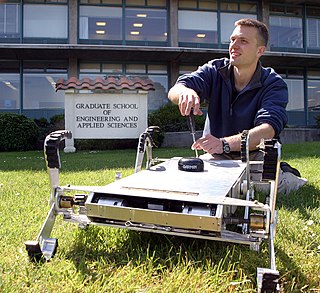 W
WAn agricultural robot is a robot deployed for agricultural purposes. The main area of application of robots in agriculture today is at the harvesting stage. Emerging applications of robots or drones in agriculture include weed control, cloud seeding, planting seeds, harvesting, environmental monitoring and soil analysis. According to Verified Market Research, the agricultural robots market is expected to reach $11.58 billion by 2025.
 W
WA mobile robot, is a robot that is capable of moving in the surrounding (locomotion). Mobile robotics is usually considered to be a subfield of robotics and information engineering.
 W
WA personal robot is one whose human interface and design make it useful for individuals. This is by contrast to industrial robots which are generally configured and operated by robotics specialists. A personal robot is one that enables an individual to automate the repetitive or menial part of home or work life making them more productive.
 W
WAmazon Scout is a 6 wheeled robot used to deliver packages for the E-commerce site, Amazon.com. Amazon Scout originally debuted on January 23, 2019, delivering packages to Amazon customers in Snohomish County, Washington. Amazon scouts move on sidewalks, at a walking pace. In August, 2019, the robots started delivering packages to customers Irvine, California on a test basis, with human monitors. The package is stored inside of the robot, and driven to the customer.
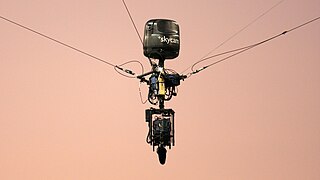 W
WCable-driven parallel robots are a type of parallel manipulators in which flexible cables are used as actuators. One end of each cable is reeled around a rotor twisted by a motor, and the other end is connected to the end-effector. One famous example of cable robots is SKYCAM which is used to move a suspended camera in stadiums. Cables are much lighter than rigid linkages of a serial or parallel robot, and very long cables can be used without making the mechanism massive. As a result, the end-effector of a cable robot can achieve high accelerations and velocities and work in a very large workspace. Numerous engineering articles have studied the kinematics and dynamics of cable robots. Dynamic analysis of cable robots is not the same as that of other parallel robots because cables can only pull an object but they cannot push. Therefore, the manipulator is able to perform a task only if the force in all cables are non-negative. Accordingly, the workspace of cable robots is defined as a region in space where the end-effector is able to exert the required wrench to the surroundings while all cables are in tension. Many research works have focused on workspace analysis and optimization of cable robots. Workspace and controllability of cable robots can be enhanced by adding cables to structure of the robot. Consequently, redundancy plays a key role in design of cable robots.
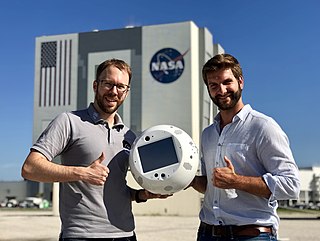 W
WCimon or officially CIMON is a head-shaped AI robot used in the International Space Station.
 W
WElmer and Elsie were two electronic robots that were built in the late 1940s by neurobiologist William Grey Walter. They were the first robots in history that were programmed to "think" the way biological brains do and meant to have free will. Elmer and Elsie were often labeled as tortoises because of how they were shaped and the manner in which they moved. They were capable of phototaxis which is the movement that occurs in response to light stimulus.
 W
WGenghis was a six legged insect-like robot that was created by roboticist Rodney Brooks at MIT. Brooks wanted to solve the problem of how to make robots intelligent and suggested that it is possible to create robots that displayed intelligence by using a "subsumption architecture" which is a type of reactive robotic architecture where a robot can react to the world around them. His paper "Intelligence Without Representation", which is still widely respected in the fields of robotics and Artificial Intelligence, further outlines his theories on this.
 W
WMarch of the Machines: Why the New Race of Robots Will Rule the World, published in paperback as March of the Machines: The Breakthrough in Artificial Intelligence (2004), is a book by Kevin Warwick. It presents an overview of robotics and artificial intelligence (AI), often focusing on anecdotes of Warwick's own work, and then imagines future scenarios. In particular, Warwick finds it likely that such AIs will become smart enough to replace humans, and humans may be unable to stop them.
 W
WThe MineCam is a remote exploration camera built by I.A.Recordings. It is used for mine shaft exploration and other similar environments. It was originally conceptualized in 1988, and since went under several design revisions. The name MineCam, is a pun on MiniCam, an early hand-held broadcast camera built by CBS Laboratories.
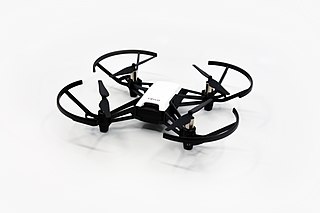 W
WTello is a quadrocopter UAV drone sold by the chinese company Ryze Robotics, which targets the STEM market. The drone was presented in cooperation with DJI in spring 2018 and is focused on budget level. To lower costs, the series has some special features. The motors aren't Brushless DC electric motor and flightheight is controlled via a bottom mounted TOF camera, instead of a GPS receiver. The image processing is supported by a Intel Movidius Myriad processor, which also implements the object detection for the kit included visual markers. The airtime is limited to 13 minutes, with a takeoff weight of 81 g.
 W
WThymio II is an educational robot in the 100 Euros price range. The robot was developed at the EPFL in collaboration with ECAL, both in Lausanne, Switzerland. A purely-visual programming language was developed at ETH Zurich . All components, both hardware and software, are open source. The main features of the robot are a large number of sensors and actuators, educational interactivity based on light and touch, and a programming environment featuring graphical and text programming. Thymio has over 20 sensors and 40 lights and integrates with third party languages such as MIT's Scratch.
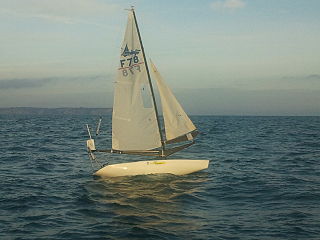 W
WVaimos is an autonomous sailing boat with embedded instrumentation for ocean surface measurements.
 W
WXenobots, named after the African clawed frog, are synthetic organisms that are automatically designed by computers to perform some desired function and built by combining together different biological tissues.